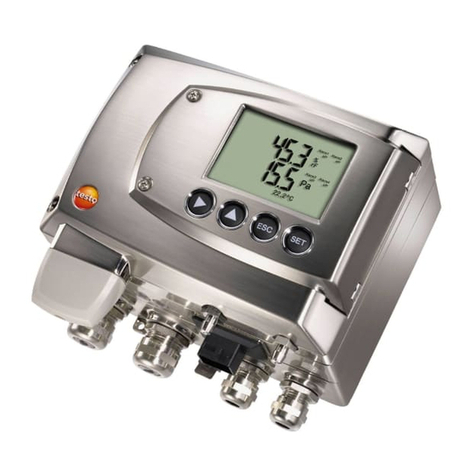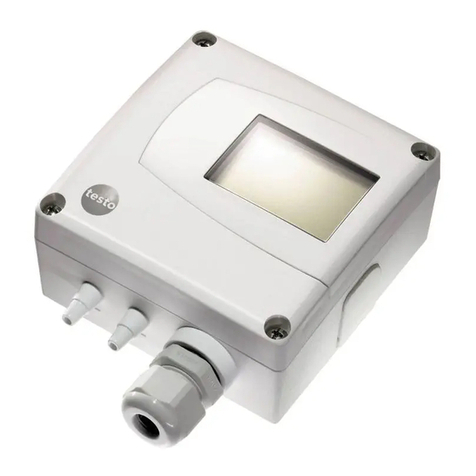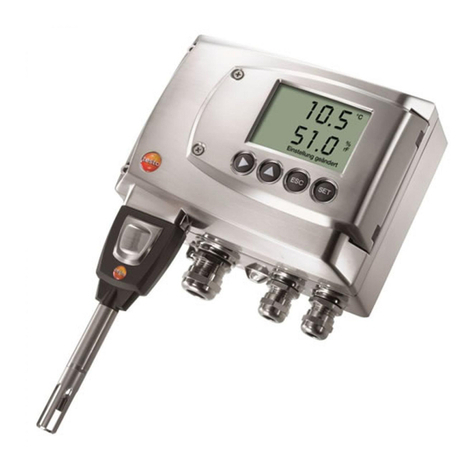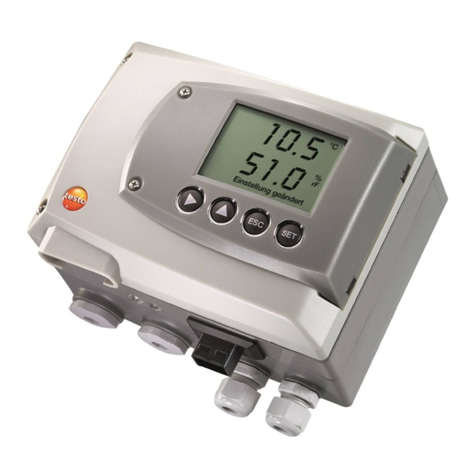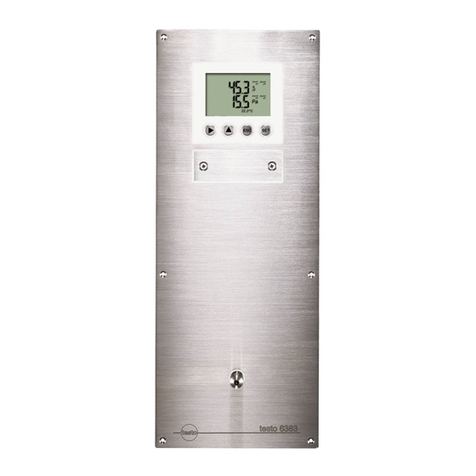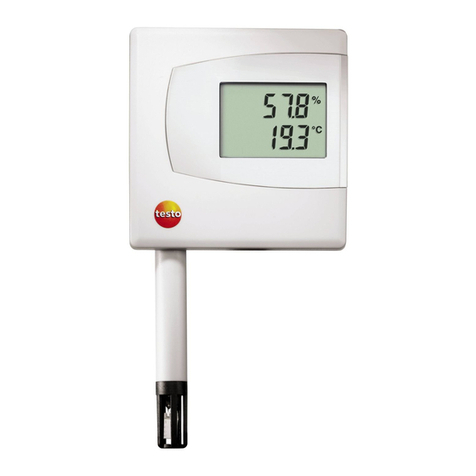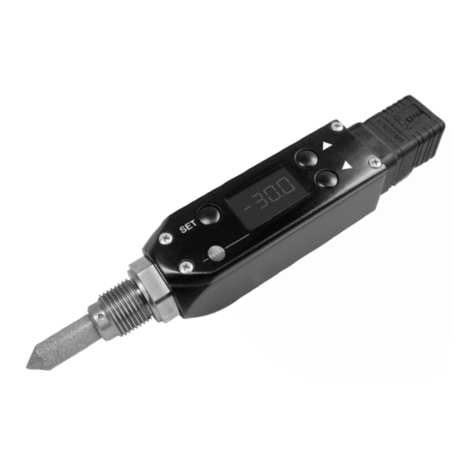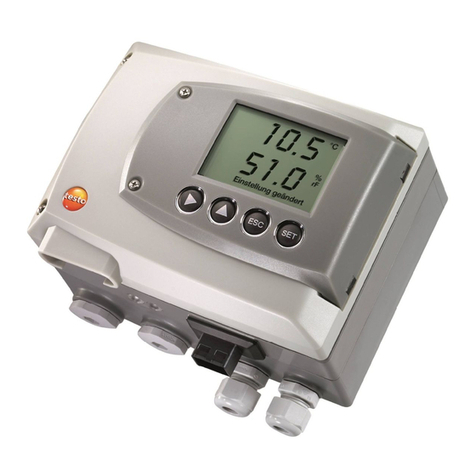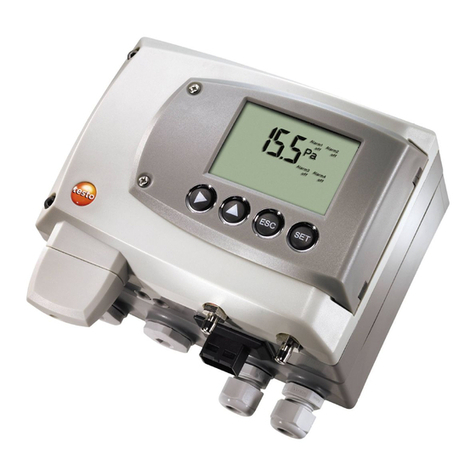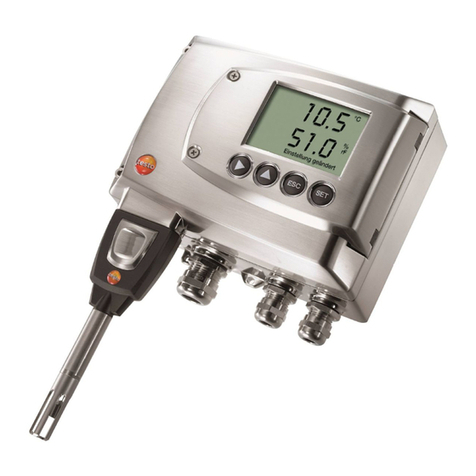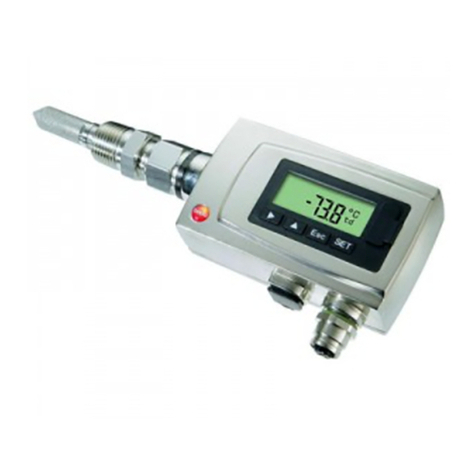
3 Contents
6
4.5. Status, warning and error messages ............................................ 39
4.5.1. Status messages ........................................................................................... 40
4.5.2. Warning messages........................................................................................ 41
4.5.3. Transmitter error messages........................................................................... 41
4.5.4. Handling alarm messages ............................................................................. 42
4.5.5. Namur fault conditions ................................................................................... 43
4.6. Maintenance and cleaning ............................................................ 44
4.6.1. Maintaining the instrument............................................................................. 44
4.6.2. Cleaning the instrument................................................................................. 44
5Parameterizing, adjusting and analyzing software (P2A software) .. 44
5.1. Specifications................................................................................ 44
5.1.1. Functions and use ......................................................................................... 45
5.1.2. System requirements..................................................................................... 45
5.1.3. Scope of delivery ........................................................................................... 46
5.2. First steps ..................................................................................... 46
5.2.1. Installing the software/driver .......................................................................... 46
5.2.1.1. Installing P2A software....................................................................46
5.2.1.2. Installing USB driver........................................................................ 46
5.2.1.3. P2A software upgrade..................................................................... 47
5.2.2. Starting the software...................................................................................... 47
5.2.2.1. Starting the program........................................................................ 47
5.2.2.2. Establishing a connection with the instrument ................................. 47
5.2.2.3. Activating the connection with the instrument.................................. 48
5.3. Using the software ........................................................................ 48
5.3.1. User interface ................................................................................................ 48
5.3.2. Editing instrument/parameter file ................................................................... 51
5.3.2.1. Changing instrument/parameter file................................................. 51
5.3.2.2. Saving parameters .......................................................................... 57
5.3.2.3. Opening the parameter file .............................................................. 57
5.3.2.4. Copying and pasting parameters..................................................... 58
5.3.2.5. Deleting instrument/parameter file................................................... 58
5.3.2.6. Creating a new instrument file ......................................................... 58
5.3.3. Analyzing/testing the transmitter.................................................................... 58
5.3.3.1. Analyzing/testing the instrument...................................................... 59
5.3.3.2. Carrying out factory reset ................................................................ 59
5.3.3.3. Testing analog output...................................................................... 59
5.3.3.4. Testing switch output relays 1 to 4 .................................................. 61
5.3.3.5. Displaying min./max. values ............................................................ 62
5.3.4. Adjusting the transmitter ................................................................................ 63
5.3.4.1. n-point adjustment........................................................................... 63
5.3.4.2. Adjusting the analog output ............................................................. 64
5.3.5. Transmitter history......................................................................................... 65
6Tips and assistance .............................................................................. 69
6.1. Questions and answers ................................................................ 69
6.2. Accessories and spare parts......................................................... 69
6.2.1. Ordering options for testo 6383 transmitter (0555 6383)................................ 70
Pos:18 /TD/---Seitenwechsel--- @ 0\mod_1173774430601_0.docx @ 283 @ @ 1






